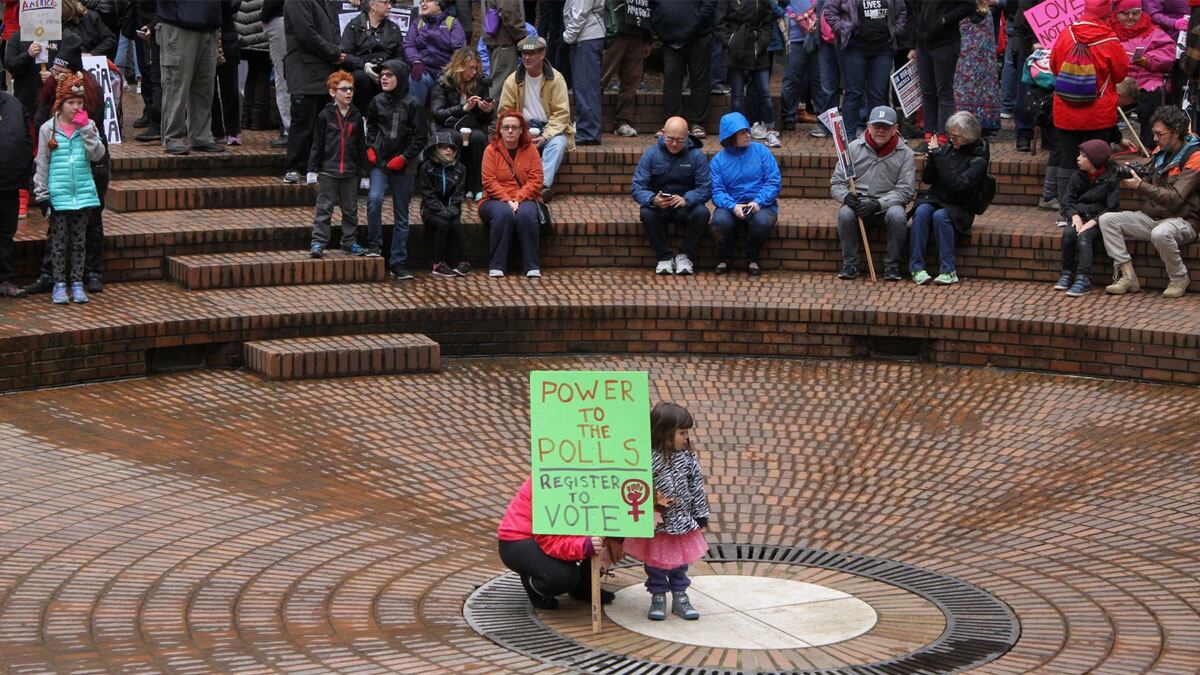Yesterday's single-issue election was a blowout, as voters affirmed a package of new taxes designed to preserve Oregon's Medicaid program by margin that currently stands at 62 percent to 38 percent, with 1.04 million ballots counted so far.
That number of ballots equates to 39.5 percent of registered voters, a modest slice of the electorate.
Oregon doesn't often hold January special elections. The last one was in 2010, when voters approved personal and corporate income taxes. The turnout then was much higher on a percentage basis—62.7 percent of registered voters turned in ballots.
So what changed?
Well, Measures 66 and 67 in 2010 were simple: individuals and corporations would either pay more income taxes or not (voters said "yes.")
Measure 101, by contrast, directly affected fewer people and was confusing—it repealed parts but not all of a grab-bag of taxes that few people outside the Capitol understood. And to agree with the insurgent lawmakers who put the measure on the ballot, voters counter-intuitively had to vote "no."
Add to that the combined spending—more than $10 million in a two-sided campaign in 2010 versus less that a total of $4 million this year, nearly all of it on the "yes" side, and you have two very different elections.
But the apparent decline in turnout is deceptive.
A total of 1.28 million people voted in 2010 and 1.04 million voted (so far) in this election. Not so different. What's really different is the number of registered voters: In 2010, there were 2.04 million. Now, there are 2.64 million, according to elections division figures, an increase of 600,000, or 29 percent.
Over the same period, according to the Portland State University Population Research Center, the number of Oregonians has increased by about 8 percent.
The big difference, and the reason the number of registered voters has increased so sharply, is the "Motor Voter" law, which went into effect in 2016. The latest figures from the elections division show that the law has added 390,000 new voters to the rolls (88 percent of them unaffiliated with any party).
The challenge now, for all parties, is to get those people to vote.
Preliminary figures from the elections division show that turnout among non-affiliated voters is 17 percent so far in yesterday's election—lower than any other group and less than half the turnout among Democrats (41.2 percent) and Republicans (40.1 percent).

